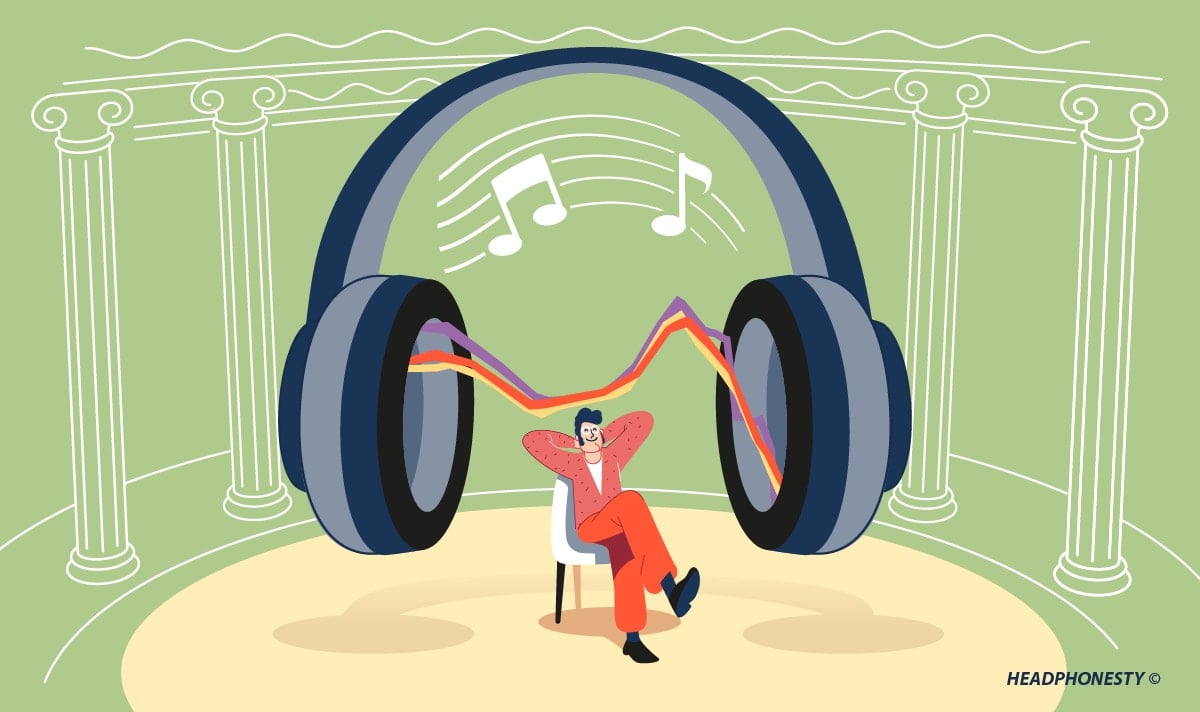From what I can tell, the Shure SRH1840 (which I own) and Sennheiser HD650 both qualify, but both come with heavy doses of measured distortion—especially the SRH1840. Whether or not that distortion is audible or disagreeable is another question. The 1840s are absolutely glorious for classical music, jazz, a lot of pop, and especially piano, and I've never found myself bothered by it in everyday listening. The FR itself is not only perceptibly flat, but extremely smooth. For piano tonality, they handily beat my Neumann KH120s, which are also extremely flat.
I've been reading reviews like this one obsessively for almost 6 months, trying to see if there might be a better headphone out there for my purposes (mostly reference sound work for film, and electric piano, besides everyday music listening), and I haven't found one. In fact, I've settled on my next pair being either the SRH1540s (for some isolation with similar mid neutrality, plus boosted bass) or the SE535 IEMs (for neutral mids, portability, and even more isolation).
I'm actually shocked that more expensive headphones consistently measure so poorly when it comes to frequency response. After binging on audio gear and developing a serious shopping habit in the last six months, and embarking on a steep learning curve, which all started with the SRH1840s, it's remarkable to me that I haven't gone out and purchased the HD800s or another more expensive set, or even run to the store to try something else. I'm sure my girlfriend would say that I'm addicted but what I have still gives me my fix, lol. And despite Amir's insistence that EQ is our friend and we must use it, I'm just horrified by the way other headphones all measure. It kills my mood every time.
At the same time, I'm almost afraid for Amir to review a pair of the SRH1840, because I'm constantly doubting that they can be as good as I think they are. But they complement the sound of my QC 35 IIs, which also measure very well and don't need EQ. I basically lived in those for almost two years, until I started to get annoyed by the sound being in my head, and started to explore open backs. And coming from the MDR-7506, which has been standard in my industry for ages, it's a world of difference.
I'd love for someone to tell me that I'm wrong, but if frequency response is what matters most, I'm really not sure there are better headphones out there than the two pair that I own (the 1840 for critical listening in a quiet environment, and QC35 II for noise cancelling/wireless). Maybe the HD650, by a hair?
One thing that I've never seen mentioned is how our ears adapt to whatever it is that we're listening to, which means for professionals, all our gear needs to be neutral or reference quality—even the recreational gear. Otherwise, we'll make bad decisions based on our ears having adapted to compromised sound. I've decided that this is important for my eyes, as well. I can't watch or listen to one kind of monitor for enjoyment, and then go make critical decisions on something that is calibrated totally differently. How would I ever be sure that my subjective decisions weren't being coloured by what I had grown used to on objectively compromised equipment?




